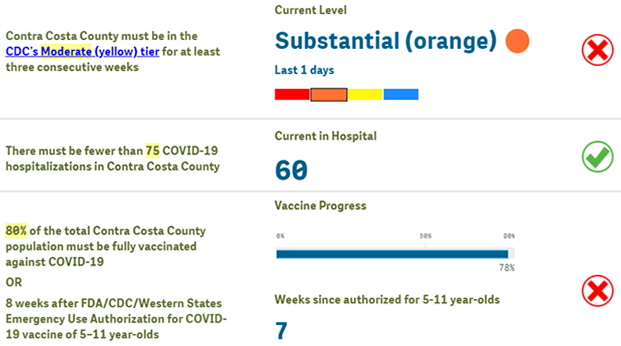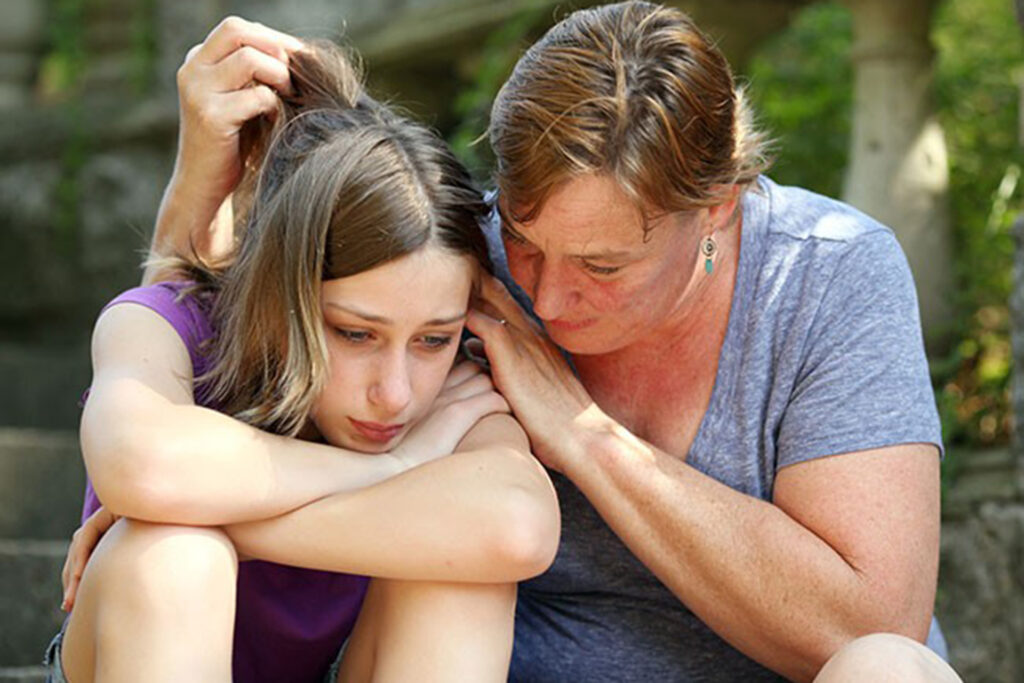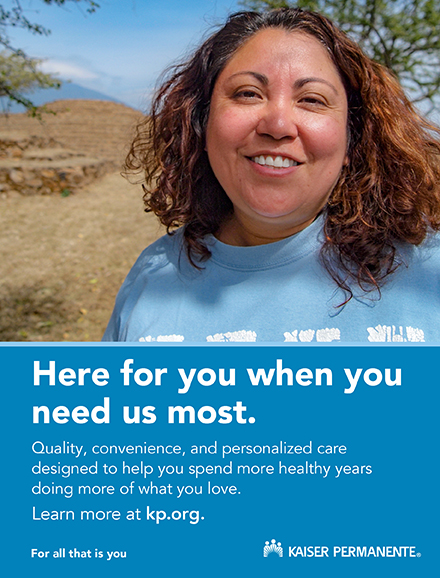Put ‘em back on: Contra Costa Health Officer reissues indoor masking order
Tuesday, December 28th, 2021
Only 60 COVID cases hospitalized in county as of Tuesday, Dec. 28, 2021
Three requirements to lift order, one met, one close; admits vaccines don’t last
“An exception remains for religious gatherings” – Will Harper, Health Services spokesman
With the highly contagious COVID-19 omicron variant circulating in Contra Costa County, Contra Costa Health Services (CCHS) announced a health order today requiring masks in all public indoor places without exceptions for certain indoor settings. That’s in spite of the fact only 60 people infected with COVID are currently hospitalized in the county according to the health services’ dashboard. But that’s the only one of three requirements the county currently meets in order to lift the order.
It’s also in spite of reports from throughout the U.S. and internationally, symptoms have been described as mild, and “extremely mild” by Dr. Angelique Coetzee, the South African doctor who first discovered and announced the new strain, as has been reported by the Herald. (See related article)
Previously, fully vaccinated public speakers and performers, and fully vaccinated groups of 100 or fewer people were allowed to remove their face coverings under controlled conditions.
The order, which goes into effect at 12:01 a.m. on Dec. 29, 2021, now requires all people in Contra Costa, regardless of vaccination status, to mask in public indoor settings.
Dr. Ori Tzvieli, Contra Costa County deputy health officer, who issued the order, offered an explanation for it. “Based on the increase in the number of people who are fully vaccinated becoming infected with the COVID-19 virus, exempting groups of people from the face covering requirement applicable to public indoor spaces based only on their fully vaccinated status can no longer be justified,” he wrote. “On the contrary, continuing to allow for these exceptions could lead to additional exposures, cases and hospitalizations.”
Many other Bay Area counties already require everyone to mask in all indoor public settings. But not all do.
According to the health order, “Since the issuance of the Prior Order, the protection offered by all three of the COVID-19 vaccines authorized for use in the United States has been found to wane after a period of time.”
“The omicron variant is very contagious, and we now know that anyone, regardless of vaccination status, can spread this variant to other people,” said Dr. Tzvieli. “We anticipate the case rate and hospitalization numbers to increase over the coming weeks. To reduce spread, cases and hospitalizations, we all need to wear masks anytime we are in an indoor public setting.”
The first case of the omicron variant was first identified in the county on Dec. 18, and since then case rates and hospitalizations have significantly increased. The average number of daily new COVID-19 cases has increased 149% over the last week and hospitalizations have risen 31%.
Because cases and hospitalizations involve both unvaccinated and fully vaccinated people, CCHS strongly urges everyone to get vaccinated and boosted as soon as they are able.
COVID-19 vaccines, including booster doses, continue to offer the most effective protection against hospitalization and death from all variants of COVID-19 circulating in the county.

Statistics of CCHS’ requirements for lifting Masking order as of Tuesday, Dec. 27, 2021. Source: Indoor Mask Dashboard.
Three Requirements to Lift Order, One Met, One Close
The county currently meets only one of the three requirements for lifting the indoor masking order. They will remain the same, progress can be tracked on the county’s Indoor Mask Dashboard and include: Contra Costa County must be in the CDC’s Moderate (yellow) tier for at least three consecutive weeks. Currently the county is in the next highest orange tier. In addition, in order to lift the indoor masking order, there must be fewer than 75 COVID-19 hospitalizations in Contra Costa County. Currently there are 60, meeting that requirement. The final requirement offers two options, both of which are close to being met: 80% of the total Contra Costa County population must be fully vaccinated against COVID-19. Currently 78% of the total population in the county is. The other option is 8 weeks after FDA/CDC/Western States Emergency Use Authorization for COVID-19 vaccine of 5- to 11-year-olds. It has been 7 weeks since that occurred, so this third requirement will be met next week.
Questions were sent via email to county health services staff after work hours on Tuesday, asking if the order applied to those working out inside a gym or health club and to those attending worship services.
UPDATE: According to Health Services spokesman Will Harper, “An exception remains for religious gatherings, but pretty much all other indoor settings (including gyms and fitness centers) require masking. See our Health Orders page for details.”
That page provides more specifics of the mask order:
Requiring All People to Wear Masks in Indoor Public Settings
Date of Order: 8/2/2021, Amended: 8/6/2021, 9/1/2021, 10/14/2021, 12/28/2021
All people in Contra Costa, regardless of vaccination status, must wear face coverings in indoor public settings until further notice. Public settings include but are not limited to:
- Business offices
- Retail stores
- Restaurants
- Gyms and fitness centers
- Theaters
- Family entertainment centers
- Meeting rooms
- State and local government facilities where services are provided to the public
This order does not apply to people in the following circumstances:
- When alone in a room.
- When actively eating or drinking.
- When swimming or showering.
- When receiving care or other service that requires removal of the face covering, including by way of example and without limitation, medical care requiring exposure of the nose or mouth, cosmetic services involving the face, and dental procedures.
- When participating in a religious activity at a religious gathering, to the extent that removal of face coverings is necessary for participation.
- When exempt from wearing face coverings under the State Face Covering Guidance or other applicable California Department of Public Health (CDPH) guidance. The State Face Covering Guidance exempts the following individuals from wearing masks:
- Persons younger than two years old. Very young children must not wear a mask because of the risk of suffocation.
- Persons with a medical condition, mental health condition, or disability that prevents wearing a mask, including persons with a medical condition for whom wearing a mask could obstruct breathing or who are unconscious, incapacitated, or otherwise unable to remove a mask without assistance.
- Persons who are hearing impaired, or communicating with a person who is hearing impaired, where the ability to see the mouth is essential for communication.
- Persons for whom wearing a mask would create a risk to the person related to their work, as determined.
The text of the order is available at cchealth.org/coronavirus.
Copies of this Order shall promptly be: (1) made available at the Office of the Director of Contra Costa Health Services, 1220 Morello Avenue, Suite 200, Martinez, CA 94553; (2) posted on the Contra Costa Health Services website; and (3) provided to any member of the public requesting a copy of this Order. Questions or comments regarding this Order may be directed to Contra Costa Health Services at (844) 729-8410.
Allen Payton contributed to this report.

















 By Allen Payton
By Allen Payton














